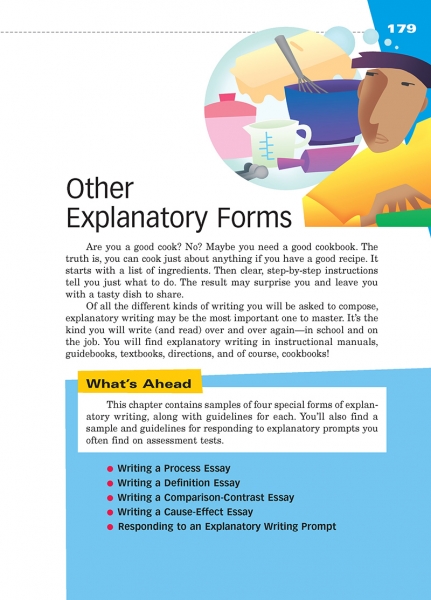Sample Comparison-Contrast Essay
Finish the out-loud read-through of the sample comparison-contrast essay. Then lead a discussion, prompting students with questions like the following:
- How did the writer get the reader's attention at the beginning of the essay? (With a shocking statement: "Human beings have spent thousands of years burning things to make heat and energy, but that strategy needs to change.")
- What two forms of energy is the writer contrasting? (Nuclear and renewable)
- What detail was most interesting in the essay?
- How did the writer recognize ways that nuclear energy was preferable to natural energy? (By noting nuclear was "more efficient, consistent, and flexible.")
- What final thought does the writer leave with the reader? (Both forms of energy have strengths and weaknesses, so both will likely be used into the future.)
After the discussion, invite students to compare two topics. Start with apples and oranges. Despite the conventional wisdom, you can compare them. Both are sweet fruits grown on trees and available in grocery stores, with Vitamin C. Both are colors founds on the rainbow spectrum (red, yellow, or green apples; orange oranges). However, apples have a thin skin and oranges have a thick rind, apples grow in the north and oranges grow in the south. Apples taste great with caramel, but oranges less so.
With this sample comparison, embolden students to compare and contrast any two subjects, whether they have a lot in common (subways and trains) or almost nothing in common (a pencil and a surgery). In fact, you can challenge your high-flying students to compare and contrast two very different things, daring them to find similarities. (For example, both pencils and surgeries are created by humans to help other humans, both cost money, both can involve "getting the lead out," both can change history, both succeed when sharp, surgeries often involve pencils and poor use of pencils can result in surgeries, and so on.)



